Imagine a world where the tiniest creatures and the most unlikely animals become the unexpected heroes in the battle against climate change. Every year, Earth Day reminds us that our planet’s fate isn’t only in the hands of world leaders or scientists—it’s also shaped by beavers gnawing on trees, bats darting through twilight skies, and bugs bustling underfoot. These animals, often taken for granted or even misunderstood, are quietly performing extraordinary services that keep Earth’s systems in balance. Their daily routines—building, pollinating, decomposing—are powerful acts of environmental stewardship. In their own remarkable ways, beavers, bats, and bugs are nature’s climate warriors, helping to heal our warming world.
The Ingenious Beavers: Nature’s Architects
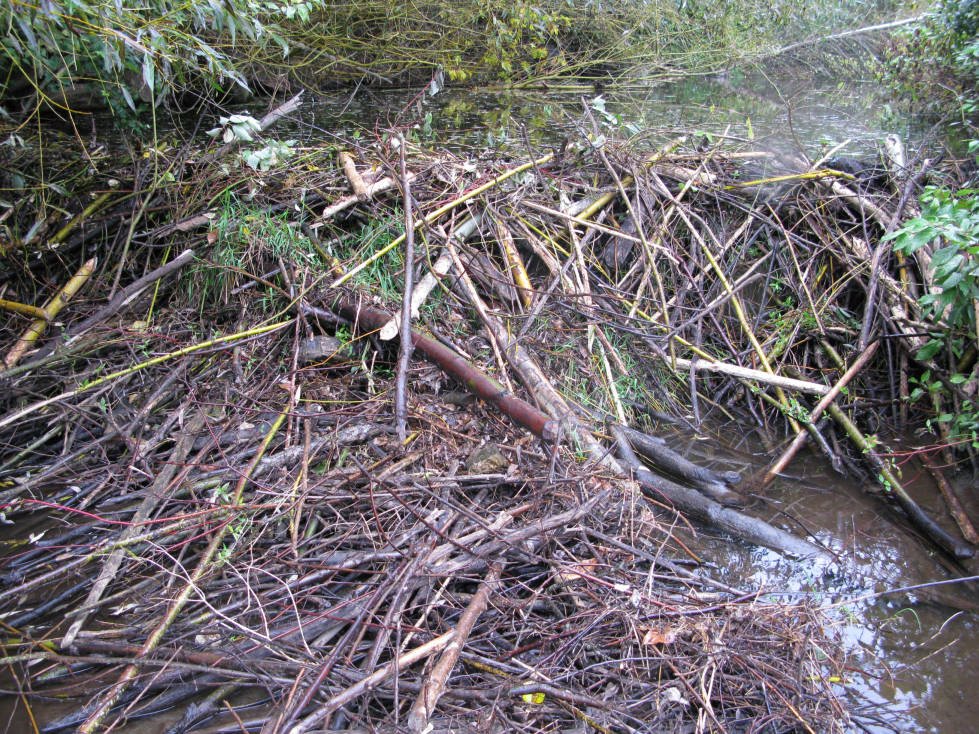
Beavers are often called “nature’s engineers,” and for good reason. With sturdy teeth and relentless determination, these remarkable rodents sculpt entire landscapes by building dams and lodges. When beavers fell trees and create ponds, they transform fast-flowing streams into wetlands. These wetlands act like giant sponges, soaking up carbon-rich sediments and slowing down water flow, which helps reduce erosion and flooding. Over time, the ponds created by beavers become lush habitats that absorb and store carbon dioxide—a crucial process for combating climate change. In fact, scientists have found that beaver wetlands can capture more carbon than many forests of the same size. By simply doing what comes naturally, beavers help lock away greenhouse gases and support a web of life that would otherwise disappear.
Wetlands: Carbon Sinks with a Purpose
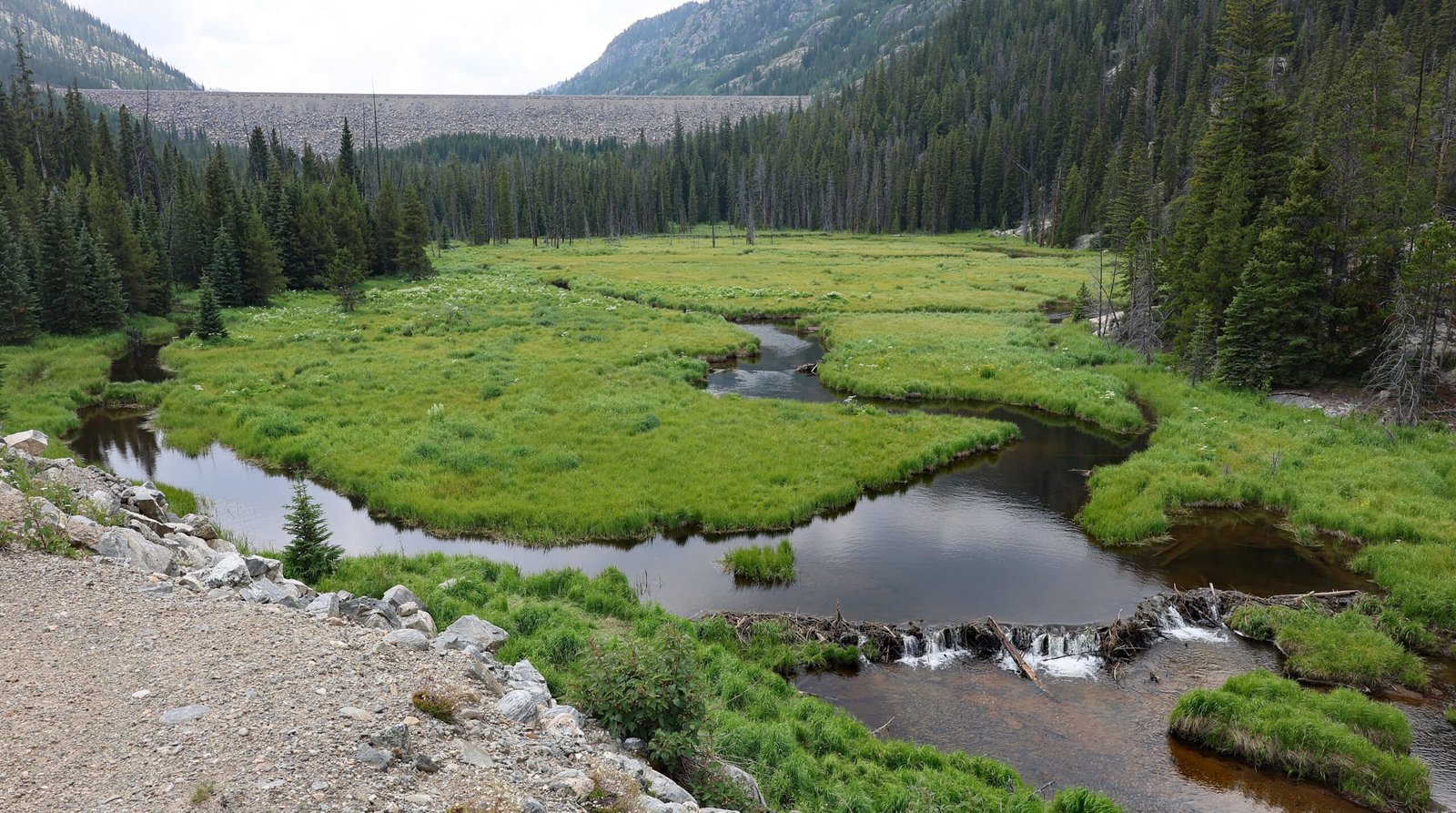
The wetlands shaped by beavers are not just beautiful—they’re also powerful carbon sinks. Wetlands store carbon in plant matter and in deep, waterlogged soils where decomposition happens slowly. This means less carbon escapes back into the atmosphere as carbon dioxide. When beavers flood an area, they create perfect conditions for peat formation, locking away carbon for centuries. These wetland ecosystems are also rich in biodiversity, supporting frogs, fish, birds, and even rare plant species. Every willow branch and muddy channel is a testament to the beaver’s vital role in maintaining a healthy, carbon-absorbing landscape. By protecting and restoring beaver habitats, we can help amplify nature’s own climate defense systems in ways that are low-tech and effective.
Bats: The Nighttime Pest Patrol
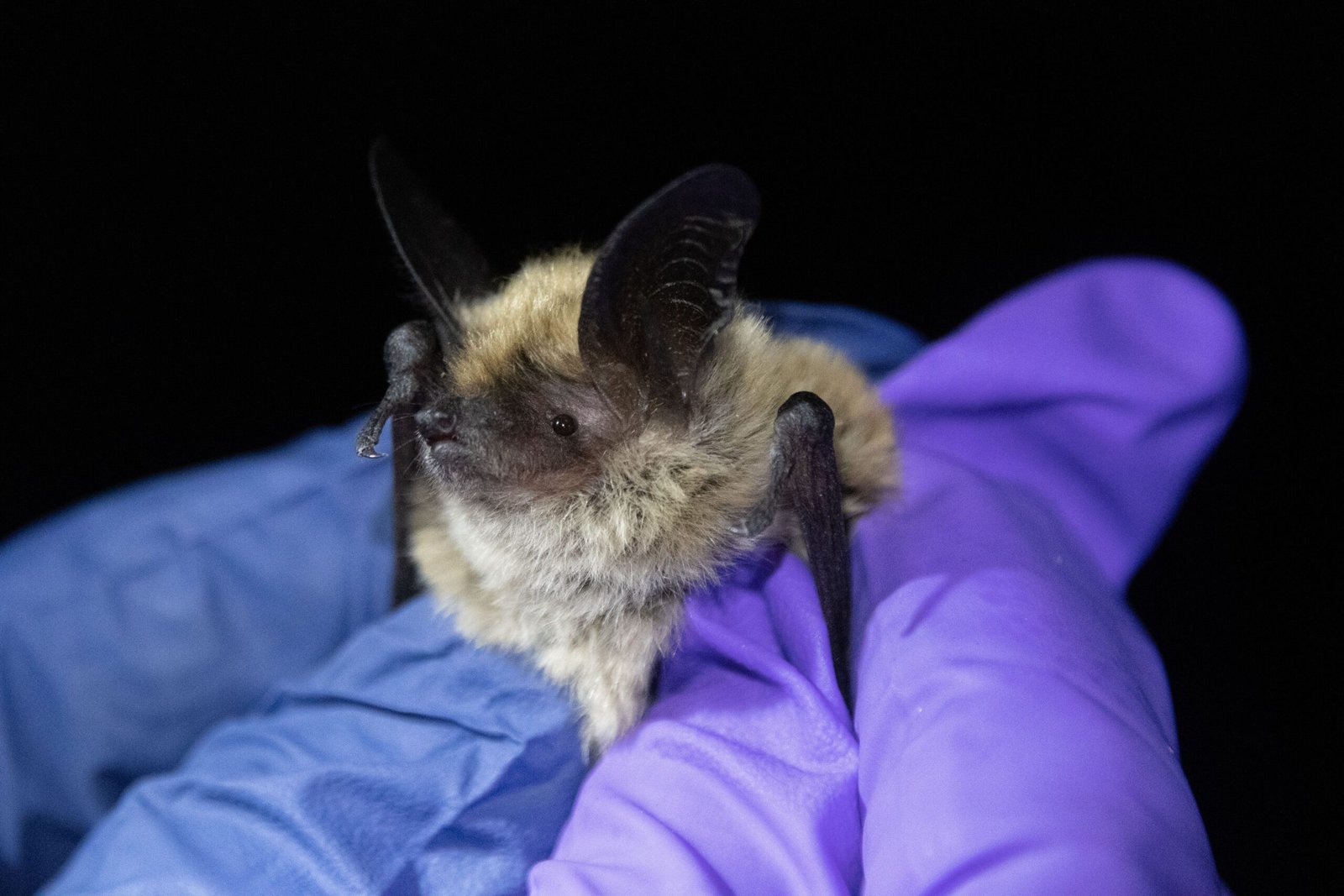
When the sun sets, bats take to the skies with silent wings. These fascinating mammals are voracious insect hunters, consuming thousands of mosquitoes, moths, and beetles every night. Their appetite for bugs is more than just impressive—it has big implications for climate change. Bats act as natural pest controllers, reducing the need for chemical pesticides in agriculture. This means less energy is used to manufacture and transport pesticides, and fewer harmful chemicals end up in the environment. In some regions, bats save farmers billions of dollars each year in crop protection. By keeping insect populations in check, bats help maintain healthy, productive farms that can store more carbon in their soils and plants.
Bat Guano: Nature’s Fertilizer for Growth
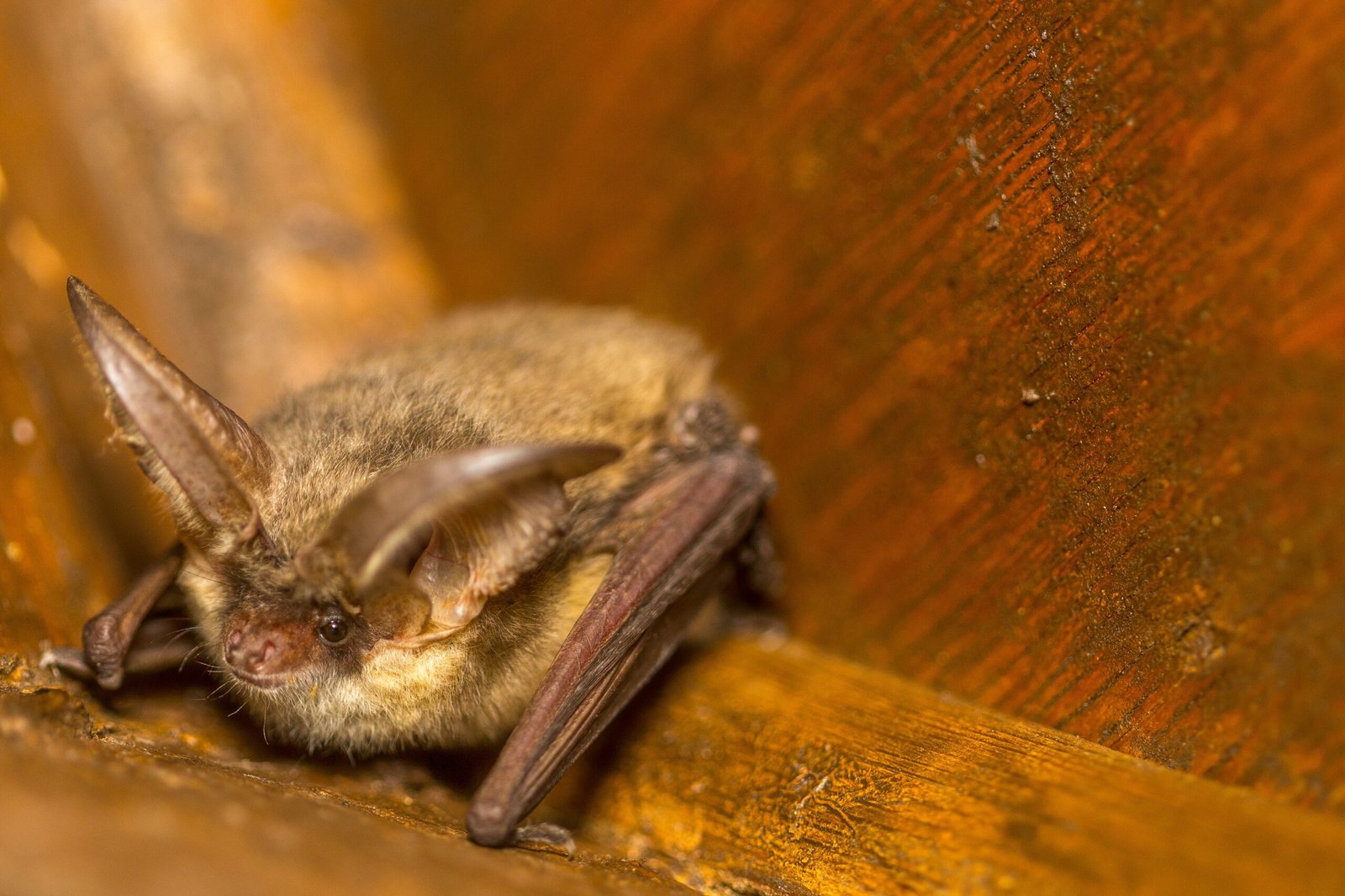
Bat droppings, known as guano, are packed with nutrients that supercharge plant growth. When bats roost in caves or trees, their guano accumulates and eventually spreads into the surrounding environment. This natural fertilizer enriches the soil, making it easier for plants to flourish and absorb carbon dioxide from the air. In tropical forests, bats play a key role in dispersing seeds and fertilizing the next generation of trees. Every flight through the night, every meal, and every deposit of guano is an act of ecological service that helps forests grow stronger and store more carbon. By protecting bat populations and their habitats, we support a silent army of climate allies working tirelessly overhead.
Bugs: The Unsung Heroes of Decomposition
Beneath our feet, countless insects are hard at work breaking down dead plants and animals. Beetles, ants, termites, and a dazzling array of bugs convert complex organic matter into simple nutrients, completing nature’s recycling loop. This process, called decomposition, is essential for locking carbon into the soil and preventing it from escaping into the atmosphere as greenhouse gases. Without bugs, dead leaves and fallen wood would pile up, releasing carbon as they slowly rot. Instead, these tireless creatures speed up the process, creating rich, stable soils that act as long-term carbon stores. Bugs may be small, but their collective impact on the climate is massive.
Pollinators: Keeping Plants—and the Planet—Alive
Many bugs, especially bees, butterflies, and beetles, are crucial pollinators. They move from flower to flower, allowing plants to produce seeds and fruit. This isn’t just important for our food supply—it also helps forests and grasslands regenerate and thrive. Healthy, growing plants pull carbon dioxide from the air and store it in their tissues. When bugs pollinate wildflowers and trees, they’re helping entire ecosystems sequester more carbon. In a warming world, supporting pollinators means supporting nature’s ability to capture and store greenhouse gases, right in our gardens and wild spaces.
Termites: Masters of Soil Engineering
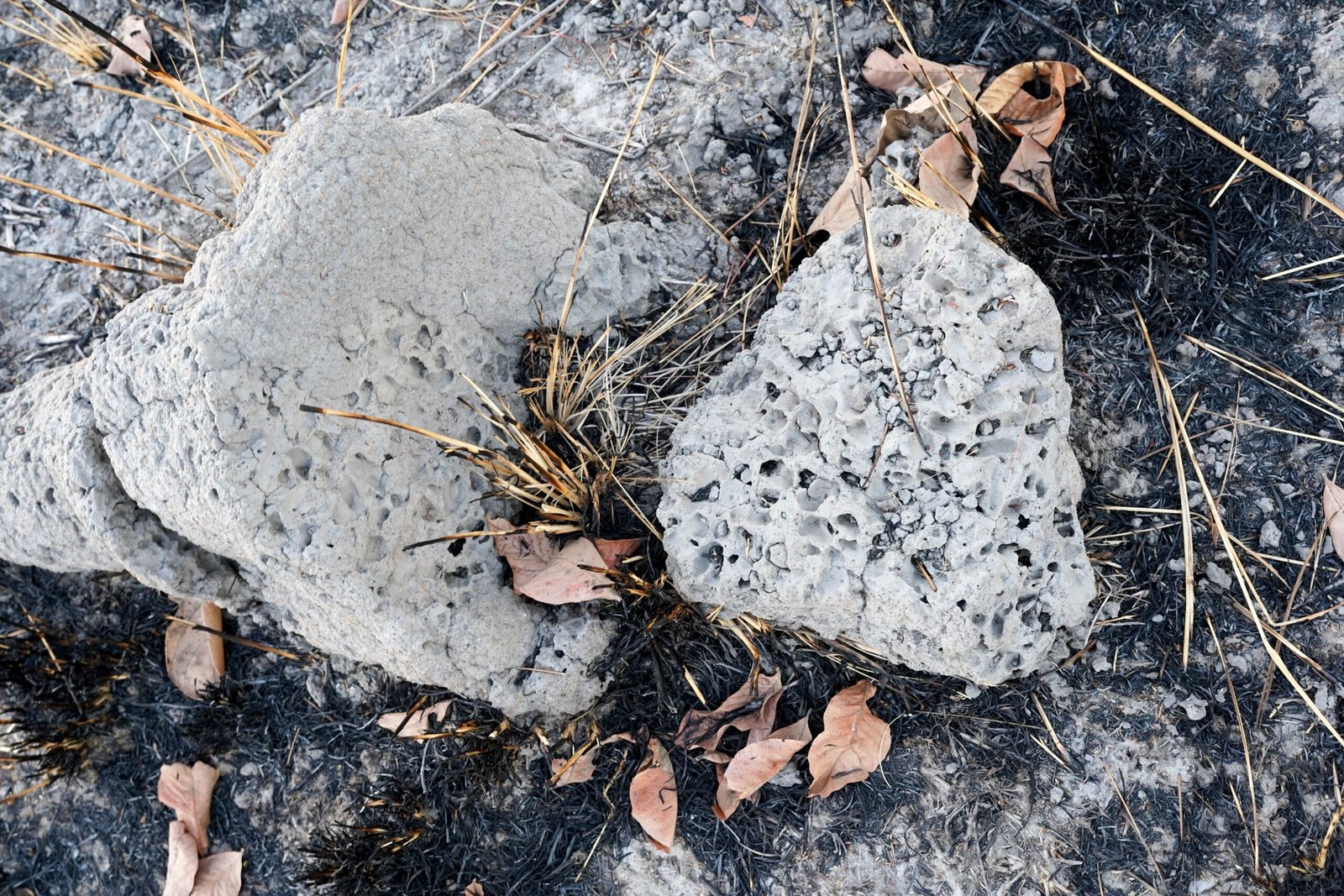
Termites, often misunderstood as mere pests, are actually master soil engineers with a surprising role in fighting climate change. In tropical regions, termites break down tough plant material that other animals can’t digest, returning nutrients to the earth. Their tunnels aerate the soil, improving water retention and root growth. Healthy soils enriched by termite activity can store more carbon and support more resilient ecosystems. While termites do release some methane, the overall benefit of their soil-building and nutrient-cycling work can help offset climate impacts. In many places, thriving termite colonies are a sign of a healthy, carbon-rich landscape.
Insect Biodiversity: Resilience in the Face of Change
The sheer diversity of bugs ensures that nature has backups for every job. If one pollinator species declines, others may step in to fill the gap. This resilience is vital as climate change puts stress on ecosystems. High insect diversity means healthier soils, more productive plants, and stronger food webs—all of which help landscapes absorb and store more carbon. When we protect and restore insect-friendly habitats, we build nature’s ability to weather the storms of a warming world. The more bugs, the better our chances of fighting climate change from the ground up.
Human Actions: Supporting Nature’s Climate Allies
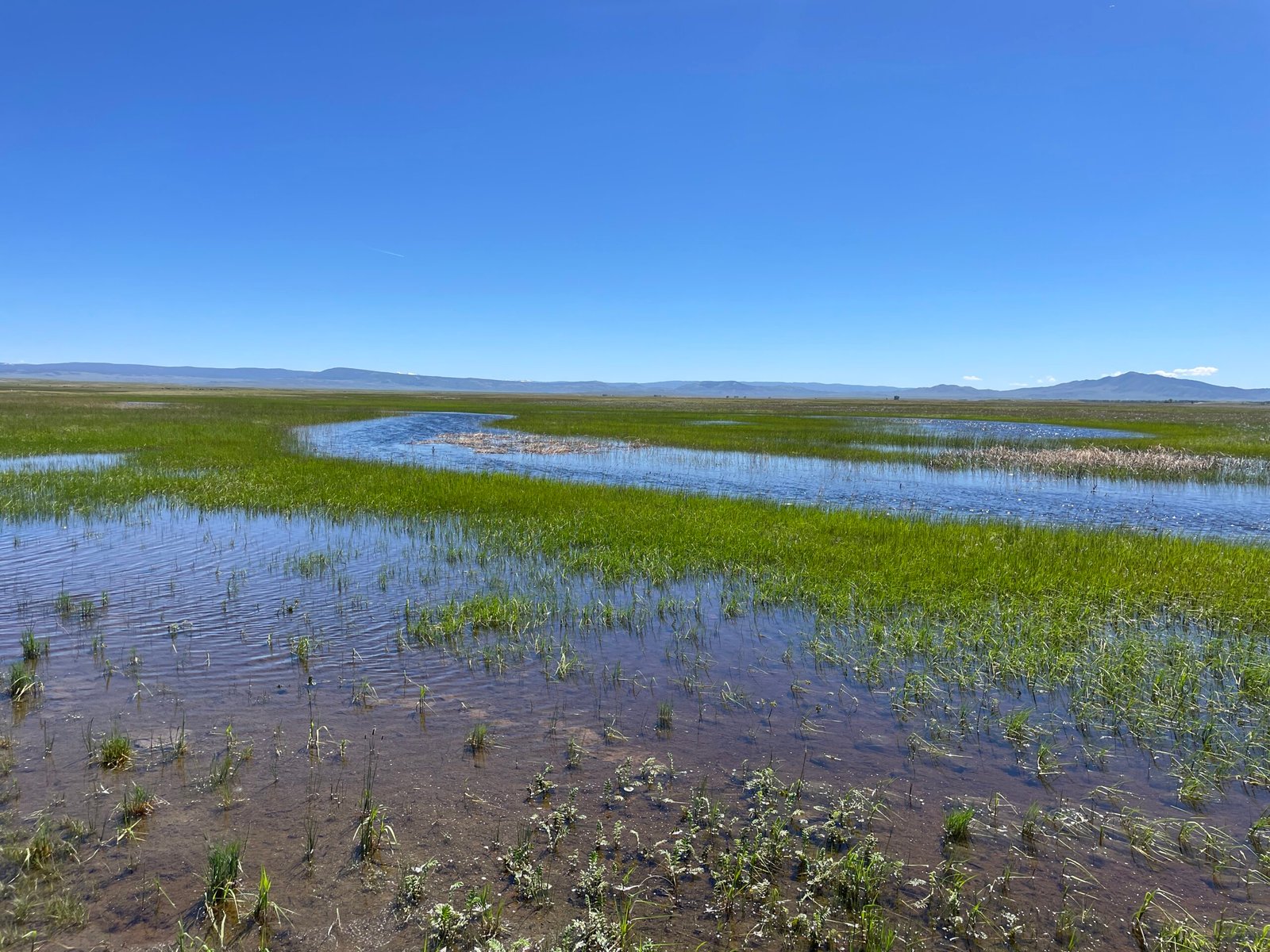
We don’t have to stand on the sidelines while beavers, bats, and bugs do the heavy lifting. Simple actions—like preserving wetlands, planting native flowers, reducing pesticide use, and creating bat-friendly spaces—can make a huge difference. Every restored pond, every flowering meadow, every safe bat roost adds up to a stronger natural climate defense. Governments, communities, and individuals all have a role to play in protecting these unsung heroes. The rewards are not just for wildlife, but for everyone who depends on a stable climate and a vibrant, living planet.
A Living Legacy for Earth Day and Beyond
On Earth Day, it’s easy to feel overwhelmed by the scale of climate change. But hope can be found in the quiet labor of beavers, the midnight flights of bats, and the industrious work of bugs. These creatures remind us that nature is full of surprises and solutions, often hidden in plain sight. By recognizing and supporting their essential roles, we create a world where both people and wildlife can thrive. The next time you see a beaver dam, hear a bat overhead, or notice a beetle in the soil, remember: the fight for our planet’s future is happening everywhere, every day.


